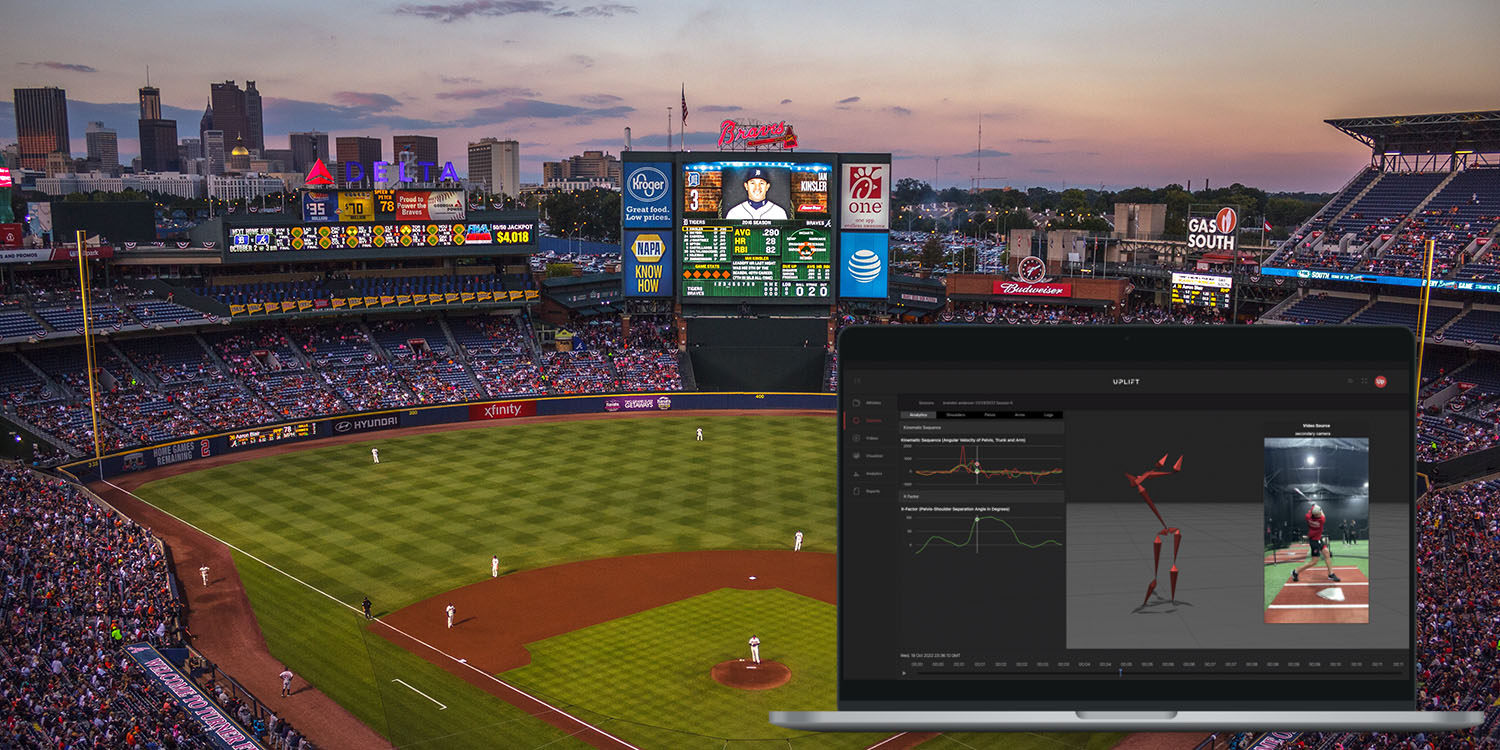
Major League Baseball scouts have traditionally relied on a combination of stats and experience to identify high school and college players with the potential to turn pro. But now the league is experimenting with new technology that could help make the process more reliable.
The system uses two iPhone cameras to capture movement, and artificial intelligence to analyze everything from a player’s future potential to their risk of injury …
This story is supported by Mosyle, the only Apple Unified Platform. Mosyle is the only solution that fully integrates five different applications on a single Apple-only platform, allowing businesses and schools to easily and automatically deploy, manage, and protect all their Apple devices. Over 38,000 organizations leverage Mosyle solutions to automate the deployment, management, and security of millions of Apple devices daily. Request a FREE account today and discover how you can put your Apple fleet on auto-pilot at a price point that is hard to believe.

The Wall Street Journal reports.
The most important thing a baseball team can do ahead of the amateur draft is predict future success for developing young ballplayers. Scouting has changed drastically since an explosion of data and technology entered the game a decade ago, and now Major League Baseball is introducing an even more high-tech tool: analysis of player potential via artificial intelligence.
The league has partnered with Uplift Labs, a biomechanics company that says it can document a prospect’s specific movement patterns using just two iPhone cameras. The setup was available for use in evaluating prospects who agree to participate at the MLB draft combine last week in Arizona.
The physics of player analysis
Player analysis had already borrowed from a branch of physics known as kinematics, sometimes referred to as the “geometry of motion.” This combines data we can directly measure – such as position, velocity, and acceleration – with geometry to figure out data that cannot be directly observed.
In sports analysis, data that can be measured include things like ball spin rate for pitchers, and ball contact timing for batters. From this, kinematic sequencing aims to work out how a player transfers energy through the lower body, pelvis, and thorax through to elbow and shoulder.
Kinematic sequencing usually requires a set of motion sensors to be attached to the player’s body, which has obvious drawbacks:
- Movement sensor kit is expensive, so not practical for all players
- The sensor outfit itself can affect how a player moves
- It can only be used in a sports lab environment, not a live game
iPhone cameras and AI
By using cameras rather than body sensors to generate the movement data, the analysis can be carried out during actual game play, with normal game clothing. This gives a much more realistic picture.
The ideal system for tracking biomechanics would be in markerless, camera-based technology like Uplift, which can be trained on a player in a game situation rather than a lab. The way a player moves on an indoor mound, throwing into a net is hardly a perfect data set when it comes to determining how the player will move when he is bursting with adrenaline while facing a live batter in a major-league game.
Can even detect the likelihood of injury
Injury is a constant risk for sportspeople, taking a player out of action for anything from a single game to permanent, career-ending events.
While some injuries can’t be predicted or prevented, Uplift says that AI can spot flaws in technique that increase the likelihood of future injury.
Let’s say if you have too much of an arm flare, you know there may be potential overload on the elbow, which can unfortunately lead to Tommy John surgery.
Good news and bad news for players
Baseball insiders say that this type of analysis can be good news for some players, whose past statistics may not reflect their future potential.
Some player agents believe that movement data could help players who are likely to go in later rounds of the draft, showing deeper skill sets that may not be immediately apparent in the player’s high school or college results.
But it could be bad news for others.
If a player is already projected to go near the top of the draft, MRI data or movement data may be used by a team to find potential red flags in the player’s athletic profile, which could be used to negotiate a smaller bonus for the player as he enters professional baseball.
Either way, it looks likely that Major League Baseball scouts are going to rely a lot more on this type of tech than stats and gut instincts.
Photo: Joshua Peacock/Unsplash
FTC: We use income earning auto affiliate links. More.




Comments